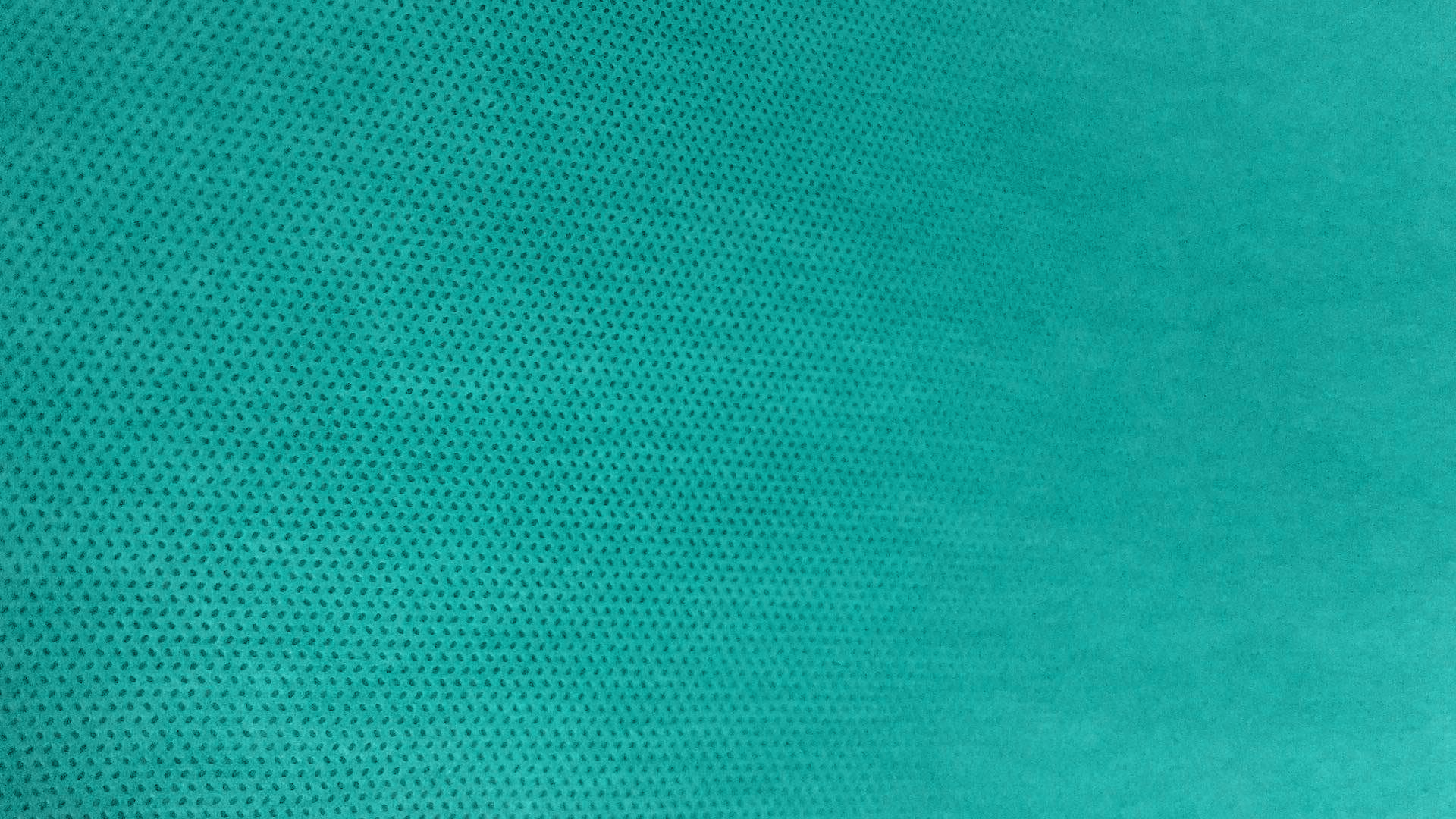
Physical Rehabilitation

Physical rehabilitation is not fun, but it is a very necessary component of the orthopedic healing process. Sometimes pets will show signs of pain after you complete a physical rehabilitation session, however, please know that this is normal. If you are hesitant to perform these treatments on your own, please consider professional physical rehabilitation.
It is important to minimize your pet’s activity in the weeks following their surgery. Avoid these activities until your pet has been approved for full activity by Dr. Simon at their final recheck appointment.
✘ No stairs (up to is okay)
✘ No running
✘ No jumping
✘ No rough housing with other pets
✘ Do not let your pet off the leash
Short on time?
Of course we always recommend following the full SVS rehab schedule, but check out this video for an abbreviated rehab session that can be used in a pinch.

Physical Rehabilitation Schedule
Be VERY CAREFUL with your pet during physical rehabilitation to avoid further injury and delays in healing.
Use this schedule after the following surgeries:
◼TPLO ◼CBLO ◼MPL ◼Fracture Repair
Your pet can resume full activity, if cleared, after the their 8-week recheck.
Use this schedule after the following surgery:
◼FHO
Your pet can resume full activity, if cleared, after the their 4-week recheck, but rehab is still essential during weeks 4 to 8.

Physical Rehabilitation Treatments
Ice the Area
🕑 2x/day
⌛ 15 minutes
Apply an ice pack on the affected area. Place a pillow case or towel between the ice pack and the fur and do not let the sutures/stitches get wet. If completing other rehabilitation treatments, it is recommended to ice the area last.
Knee Joint Compression
🕑 3x/day
⌛ Hold 15 seconds
Reps: 5 | Sets: 5
Lie your dog on their side with affected side up. Hold one hand above the knee while the other holds the leg below the knee. Using the hand above the knee, apply a gentle compression toward the lower hand in a rhythmical fashion to simulate weight bearing.
Standing Balance
🕑 10x/day
⌛15 seconds
Place your dog in a normal standing position on a firm surface. Do not force weight bearing on the affected leg.
Sensory Input
🕑 15x/day
⌛30 seconds
Massage, brush, or tickle your pet for sensory stimulation. Focus this stimulation on the affected limb and paw.
Massage
🕑 3x/day
⌛5 minutes
Start by rubbing the affected limb from the toes up the leg. Start with a light touch and gradually increase pressure. Focus on the muscle belly and avoid the area around the incision.
Weight Shifts
🕑 5x/day
⌛15 seconds
Reps: 5 | Sets: 5
Start on a non-slip surface with your dog in a standing position. If necessary, support your dog with a harness. Gently rock your dog’s hips side-to-side and back-to-front. The goal is for them to maintain a standing position. Do not force weight bearing on the affected leg.
Range of Motion
🕑 3x/day
⌛5 minutes
Place your dog in a lying position. Starting with the knee, then the hip, gently extend and flex the joints in a controlled motion. Be sure to support the leg carefully with both hands and keep the leg level with the body.
Treats to Shoulder and Hip
🕑 3x/day
⌛15 seconds
Reps: 5 | Sets: 3
While your dog is standing, place one hand under the belly (to prevent them from pivoting their body) and with your other hand, place a treat near their shoulder, so your dog stretches to reach it. Next, do the same stretch with the treat placed near the hip. Repeat on both sides. All four paws should remain on the ground. Do not let your dog step aside or walk in circles to reach the treat.
Leash Walks
🕑 1x/day
⌛See Therapy Schedule for details
Walk your dog on a short, controlled leash. Be sure to walk your dog slowly to encourage them to use the affected limb. Praise your dog for using the affected limb and discontinue the walk if your dog shows severe signs of pain or refuses to move forward.
Proper Posture
🕑 Correct daily
If you see your dog leaning sideways or positioning one leg out to the side while they are sitting or lying, slide their legs underneath the body so that they are sitting or lying evenly. It may be helpful to use a wall to assist this even posture.
Sit to Stand
🕑 3x/day
Reps: 5 | Sets: 3
Encourage you dog to sit evenly on both legs. Wait 2-3 seconds and then encourage them to stand again. If they are not able to sit evenly, you can use a wall to support their weak side or use your hands to help them sit just half way before they stand up again. The goal is to stimulate extension/flexion in rear leg joints so they can sit evenly and completely on both legs.
Curb Walks
🕑 3x/day
⌛5 mins
While walking your dog is on a controlled leash, weave your dog up and off a curb in a slow, gentle manner.



